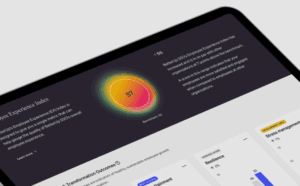Home / Blog / 11 Ways to Spy on Your Ecommerce Competitors
Brand & Creative Display & Programmatic Email Marketing Forecasting & Modeling Paid Search Paid Social Reporting & Analytics seo
11 Ways to Spy on Your Ecommerce Competitors
Published: July 01, 2024• Updated: August 08, 2025
Share on LinkedIn Share on Twitter Share on Facebook Click to print Click to copy url
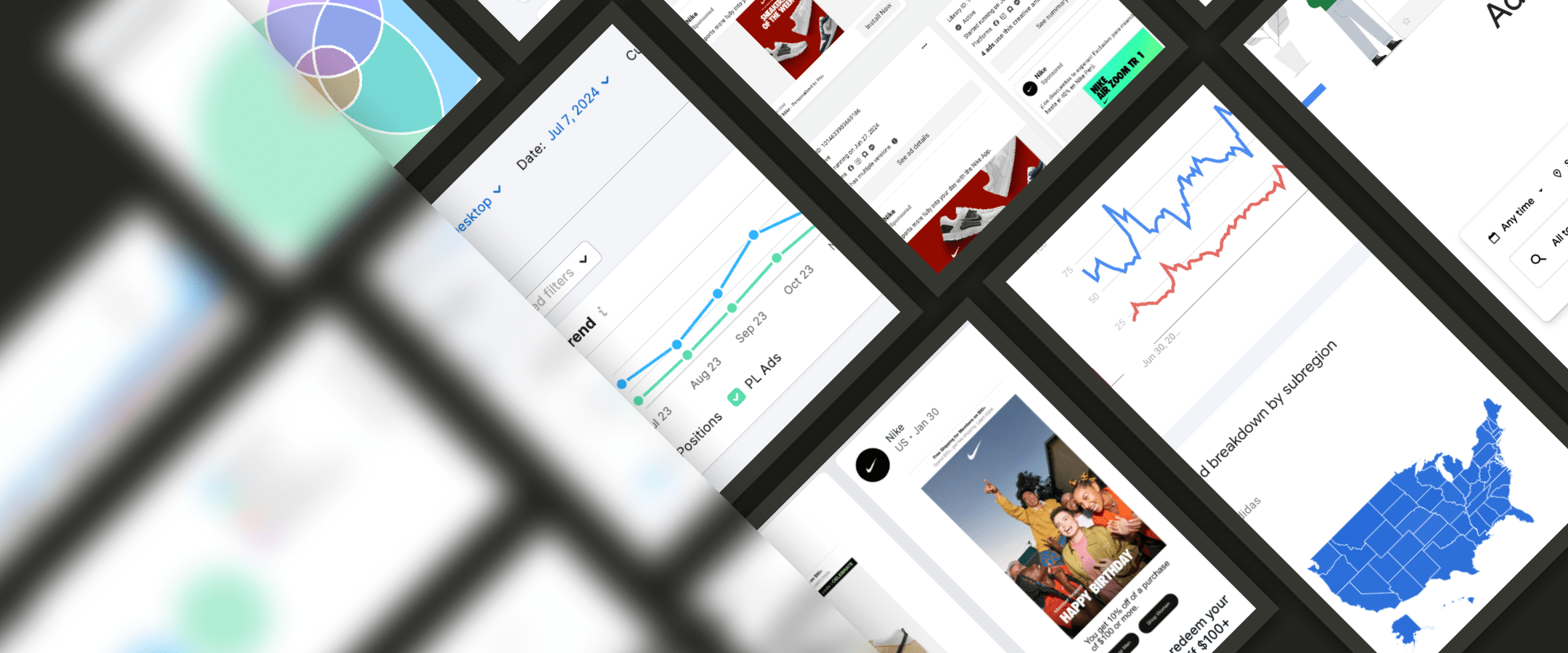
Contents Overview
There are many tools that can help you figure out what your ecommerce competitors are up to, and wow, are they fun to use! But first, why spy on your business competition?
Keeping an eye on what your competitors are doing for marketing and advertising is a smart way to identify what’s working, what’s not, and how effective certain approaches might be in reaching and engaging with your target audience.
Below is a list of several tools you can leverage to “spy” on your ecommerce competitors, which will allow you to:
- Pinpoint major market changes.
- Find proofs of concept to inform your next marketing investment.
- Proactively identify digital marketing changes that affect your competitors.
At Agital, we analyze multiple competitors for prospective clients who request a free ecommerce analysis, and now we’re sharing some of our favorite methods with you! For illustrative purposes in the following examples, we’ll use adidas.com (as “your brand/website”), nike.com, reebok.com, and underarmour.com (as “your competitors”).
You can use the tools below to optimize your digital marketing strategy, media mix, messaging, and more. You are also invited to share this list with any decision-makers in your network looking to harness a clear, data-driven, and strategic approach to digital marketing.
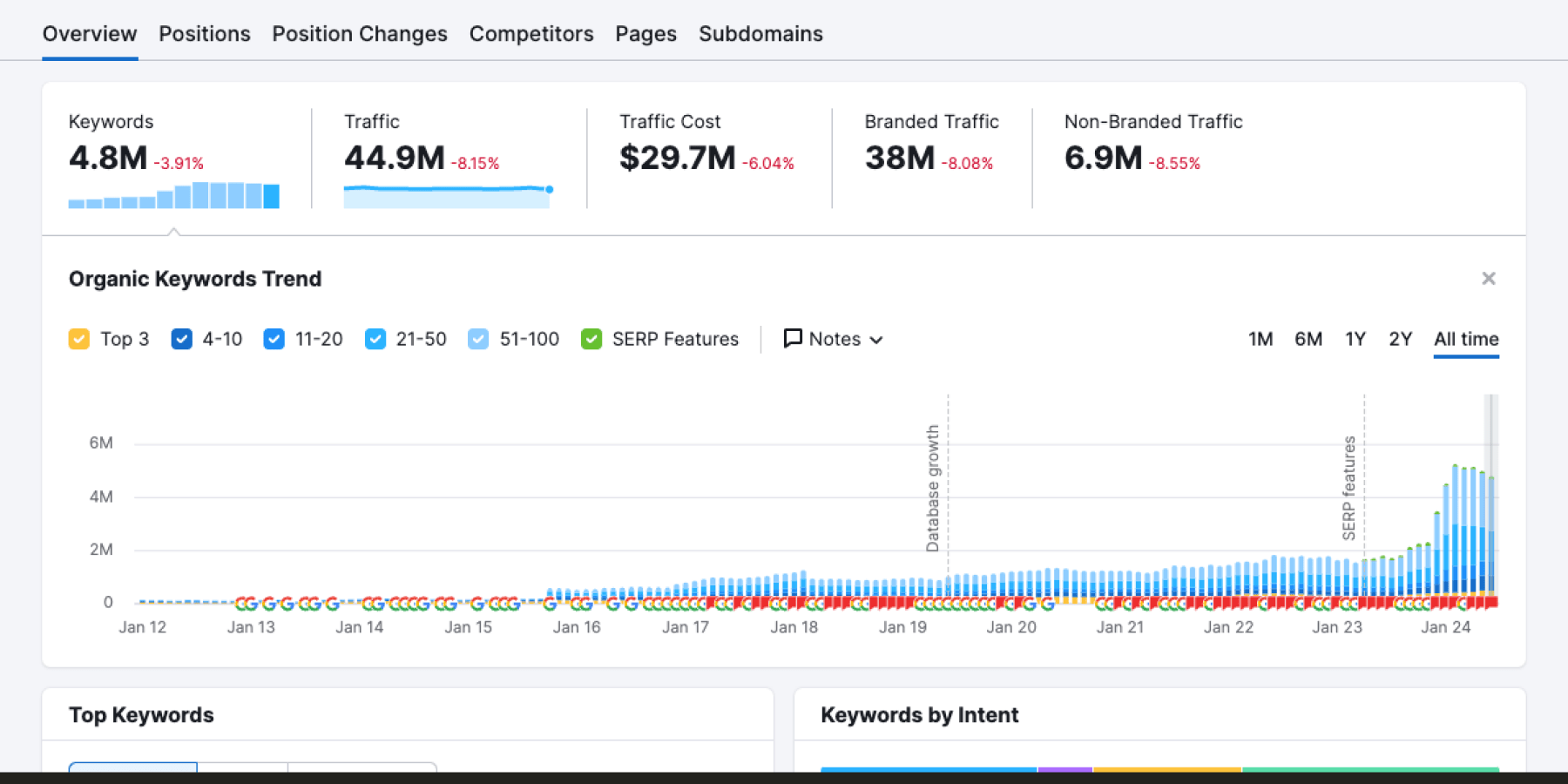
#1: SEO Trends Analysis Using Semrush
Resource: semrush.com/analytics/organic
How to use it effectively:
- Check how well your competitors are ranking.
- Exclude their brand keywords and re-run the analysis.
- Calculate % of keywords on page 1 vs. all.
- Repeat for your own website and compare.
Master Tip: If you see a major drop in your rankings, you can compare them against a competitor to see if it looks like the cause might be an algorithmic update vs. something specific to your brand. If your keywords on page 1 are less than 20% of all, you need help with your content.
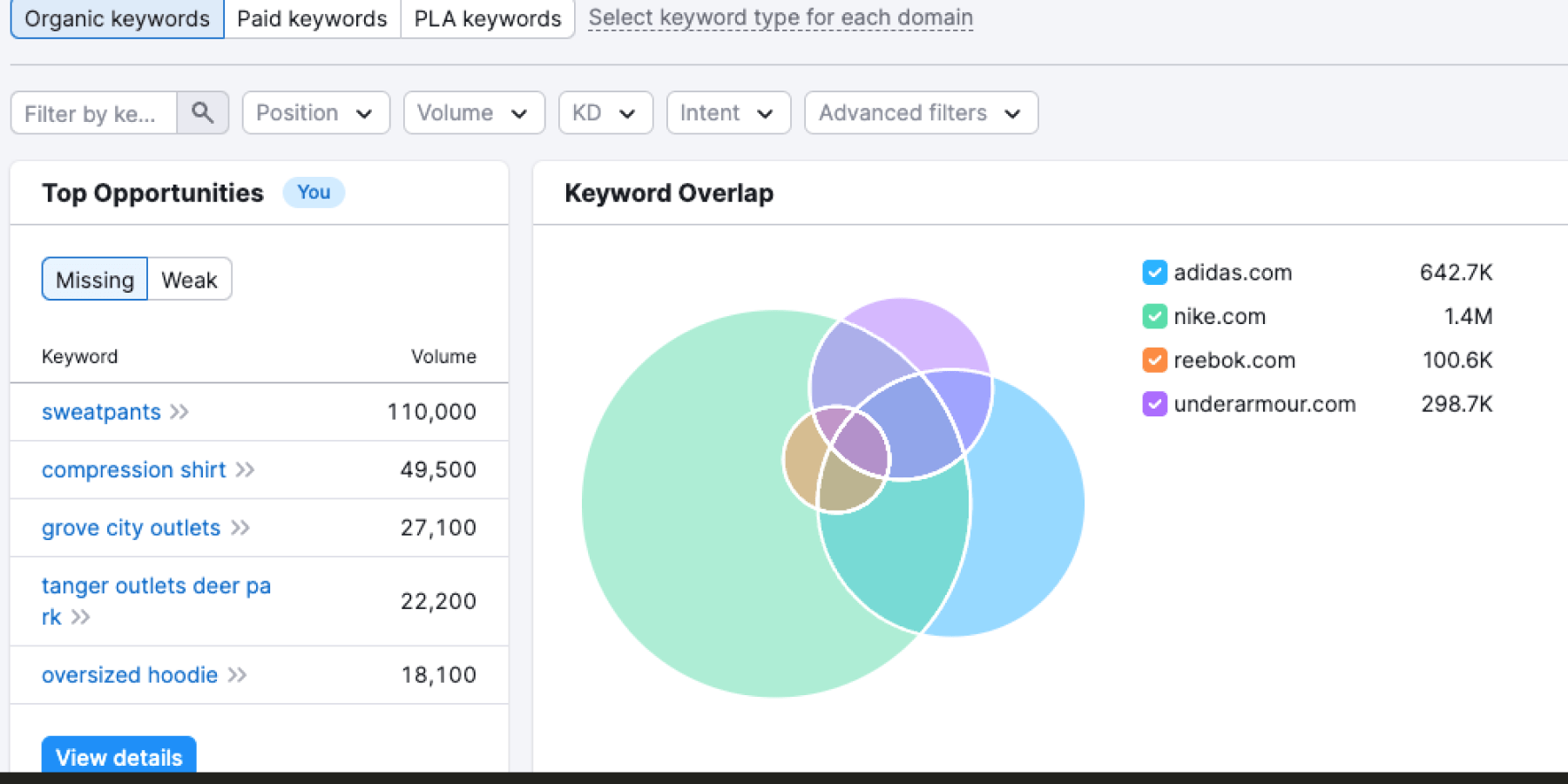
#2: SEO Overlap Analysis Using Semrush
Resource: semrush.com/analytics/keywordgap → “Organic keywords”
How to use it effectively:
- Enter similar websites.
- Look for how much overlap exists.
- See how many keywords are untapped.
Master Tip: The higher the overlap in keywords, the more likely your brand is aligned with a search-based journey. It might be worthwhile to write content for your untapped keywords, especially keywords that two or more competitors are targeting.
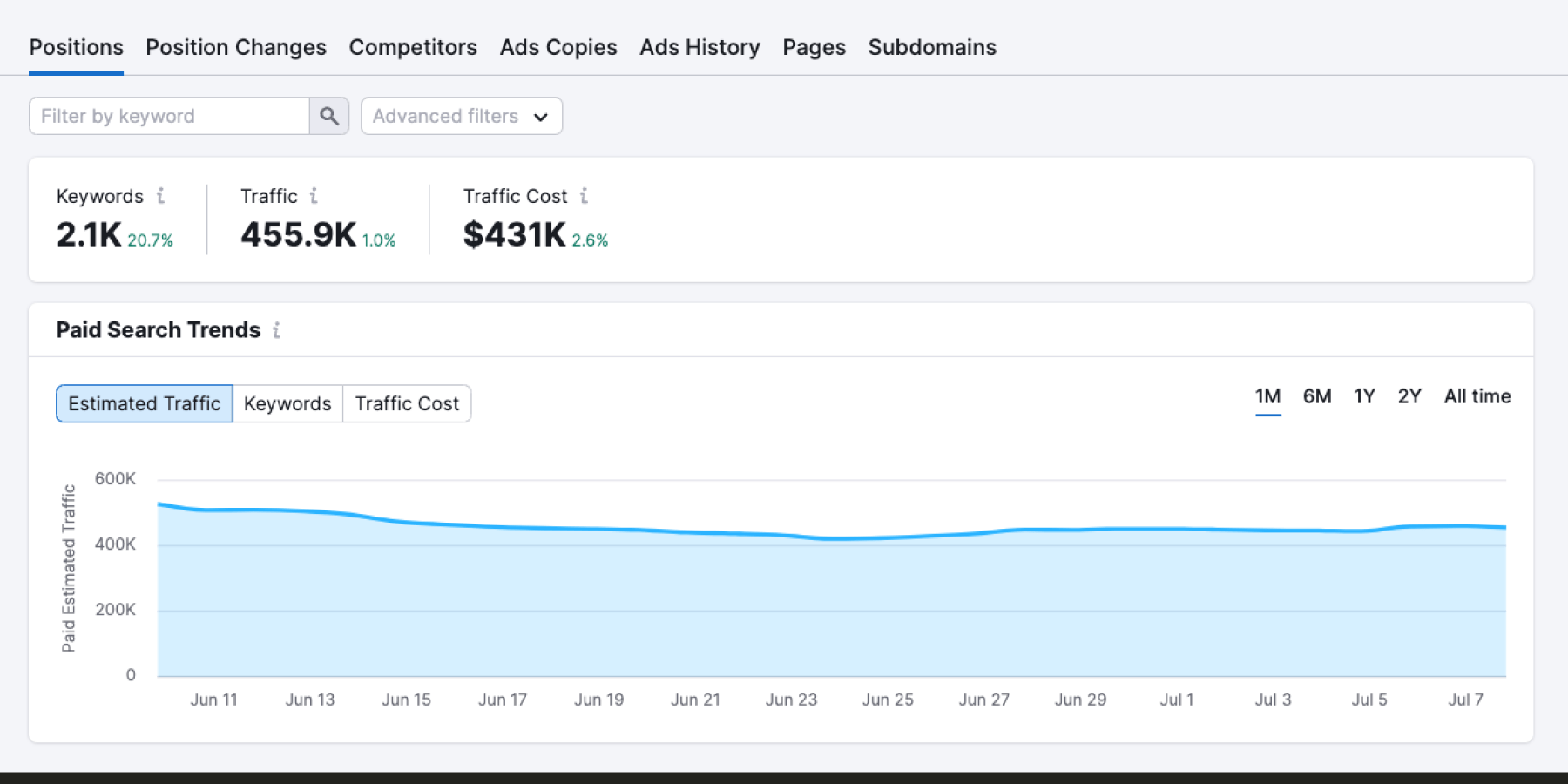
#3: PPC Trends Analysis Using Semrush
Resource: semrush.com/analytics/adwords/positions
How to use it effectively:
- Review keyword count change.
- Analyze mix of brand vs. non-brand keywords.
- Repeat for your own website and compare.
Master Tip: Search ads present significant opportunities for ecommerce businesses. This is a great place to emphasize your product selection, value props, customer service, and reviews.
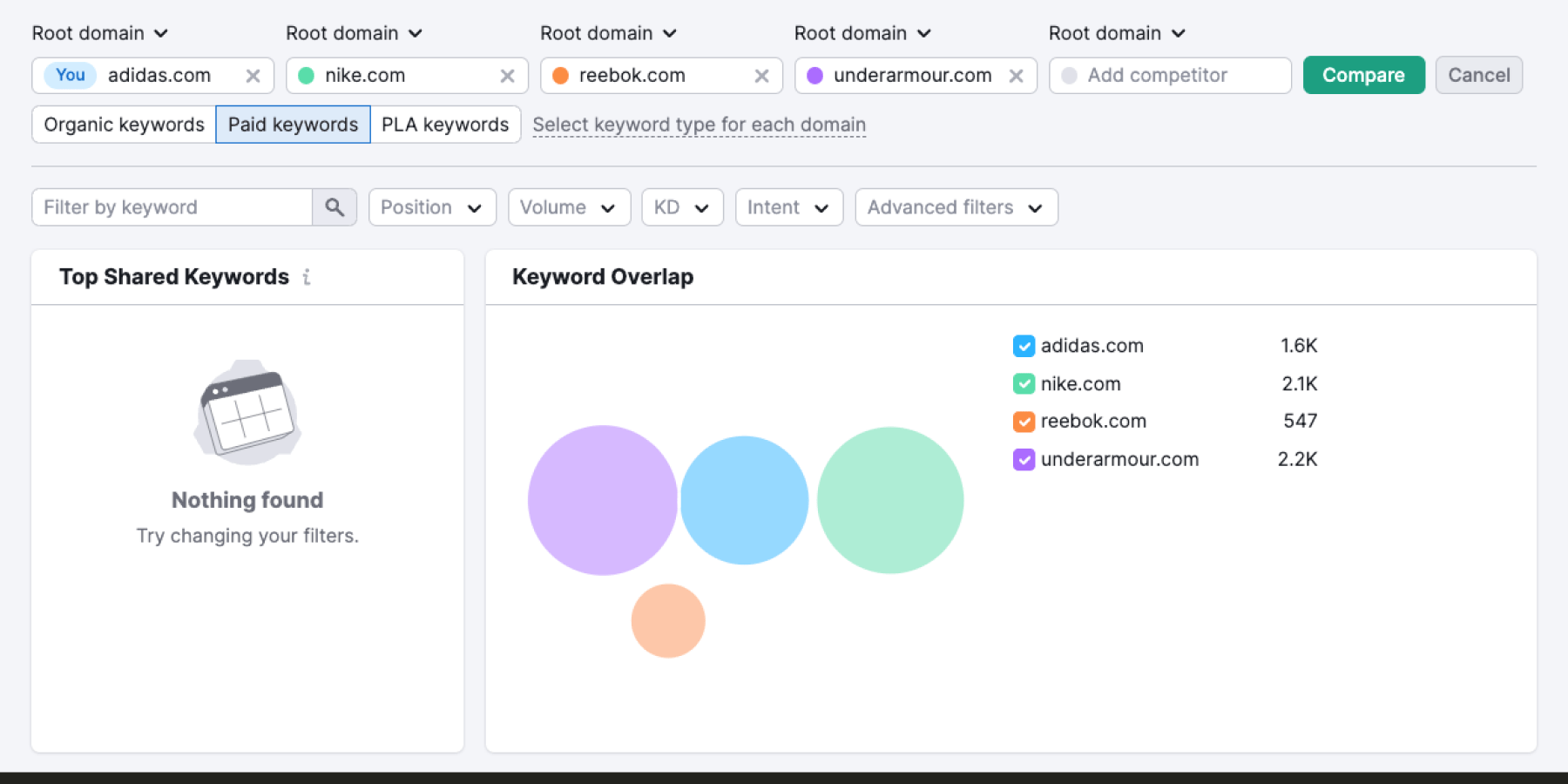
#4: PPC Overlap Using Semrush
Resource: semrush.com/analytics/keywordgap → “Paid keywords”
How to use it effectively:
- Review keyword count change.
- Analyze the mix of brand vs. non-brand keywords.
Master Tip: Some ecommerce businesses underutilize search ads. Search ads are a great way to emphasize your product selection, value props, customer service, and reviews.
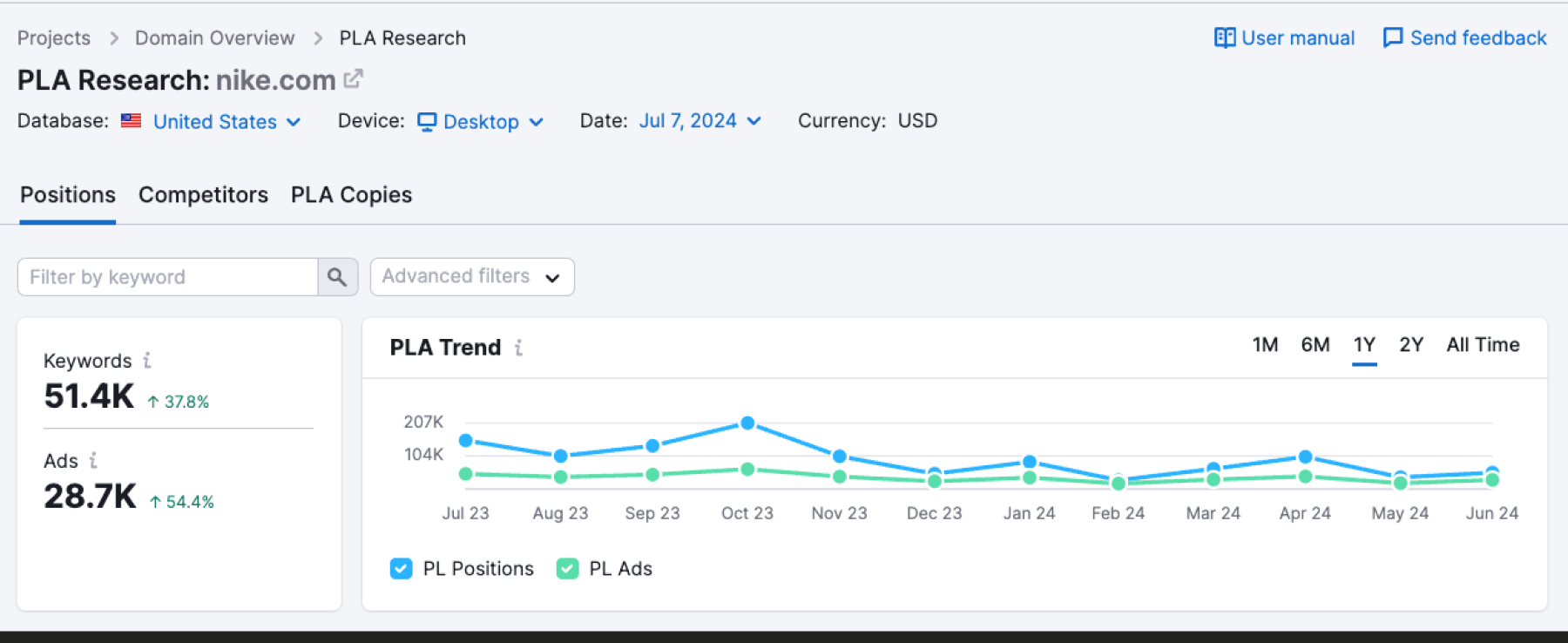
#5: PLA Trends Analysis Using Semrush
Resource: semrush.com/analytics/pla/positions
How to use it effectively:
- Review changes in number of positions.
- Review changes in number of ads (products).
- Identify drops.
- Compare against your website.
Master Tip: Around June 2022, many accounts will see a drop in positions and ads. This could indicate that Performance Max (PMax) ads were not launched correctly. Switch to the “PLA copies” tab to see how your product mix has shifted in the most recent month versus the same time last year.
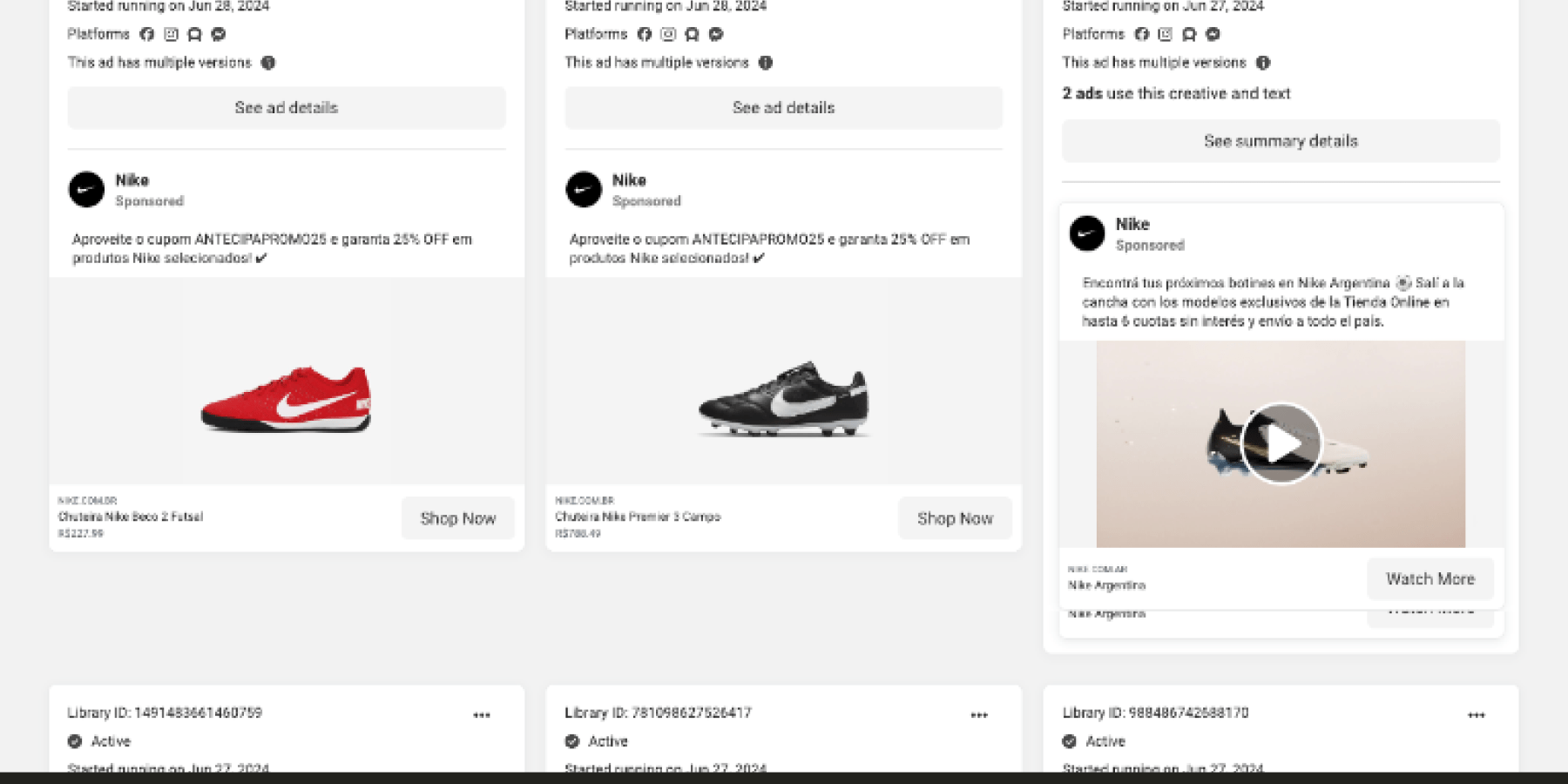
#6: View Facebook & Instagram Ads
Resource: facebook.com/ads/library
Go to your competitor’s official Facebook page, click “About” → “Page transparency” → “See All” → “Go to Ad Library”
How to use it effectively:
- Review how many ads are running.
- Look for a mix of videos, user generated content (UGC), etc.
- Look at variations of dynamic ads.
- Compare against your brand.
Master Tip: More ads means more opportunity for segmentation, testing, promotions, UGC, and announcements. It’s a proxy for depth of strategy.
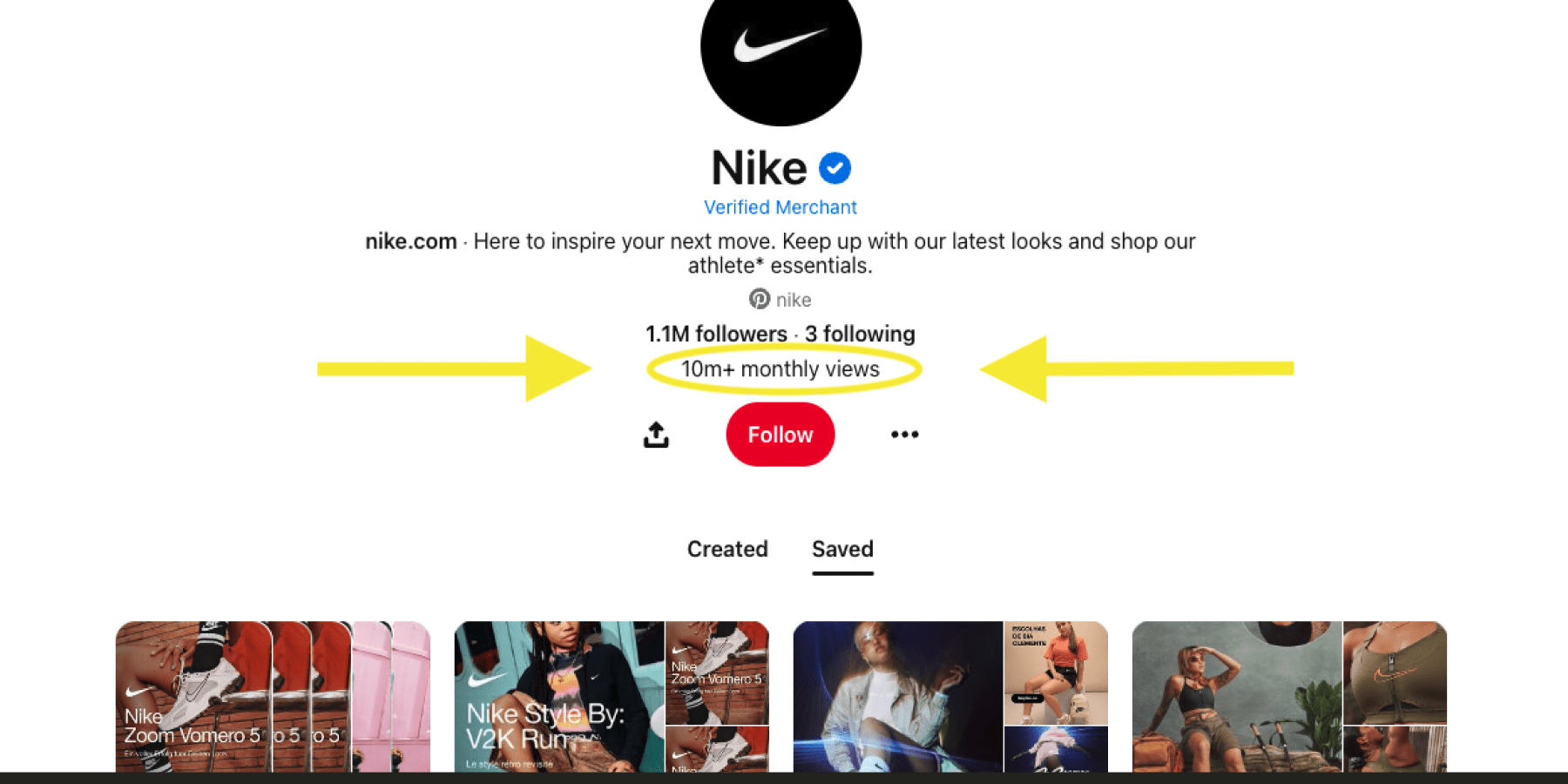
#7: View Pinterest Prowess
Resource: pinterest.com/nike
How to use it effectively:
- Review “monthly views” count under follower count (you must be signed in).
- Compare against yours.
Master Tip: 70% of Pinterest users are female, 40% have a household income over $100k. This can be a great fit for search-based journeys.
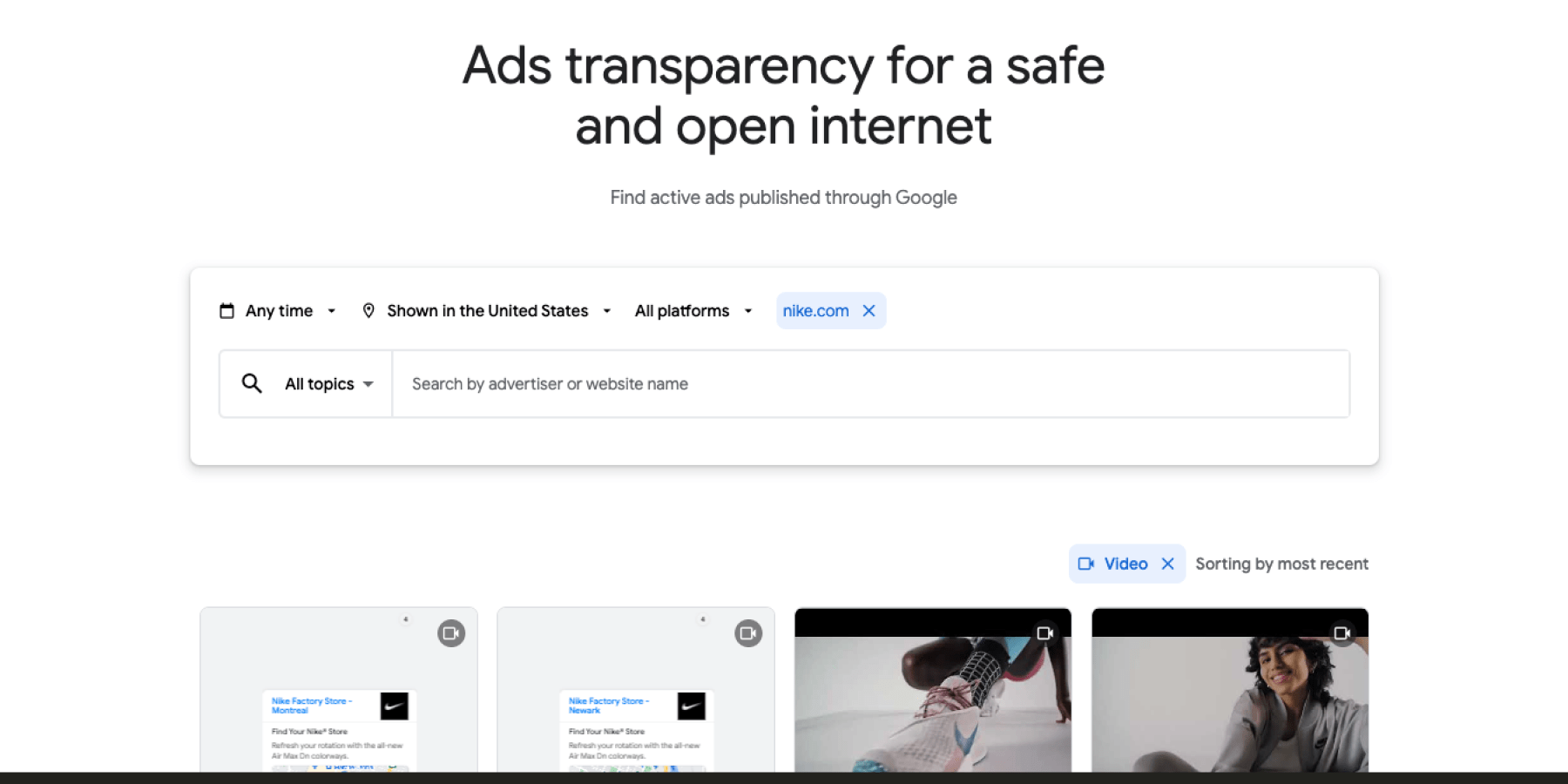
#8: Look at YouTube Ads
Resource: adstransparency.google.com
How to use it effectively:
- Review what’s showing and what formats are being used.
- Toggle time from “Any time” to recent periods (e.g. “Last 7 days”).
- Remove the “Video” filter to view larger set of ads.
- Compare against yours.
Master Tip: Video ads that look like they are made in PowerPoint are likely Performance Max ads.
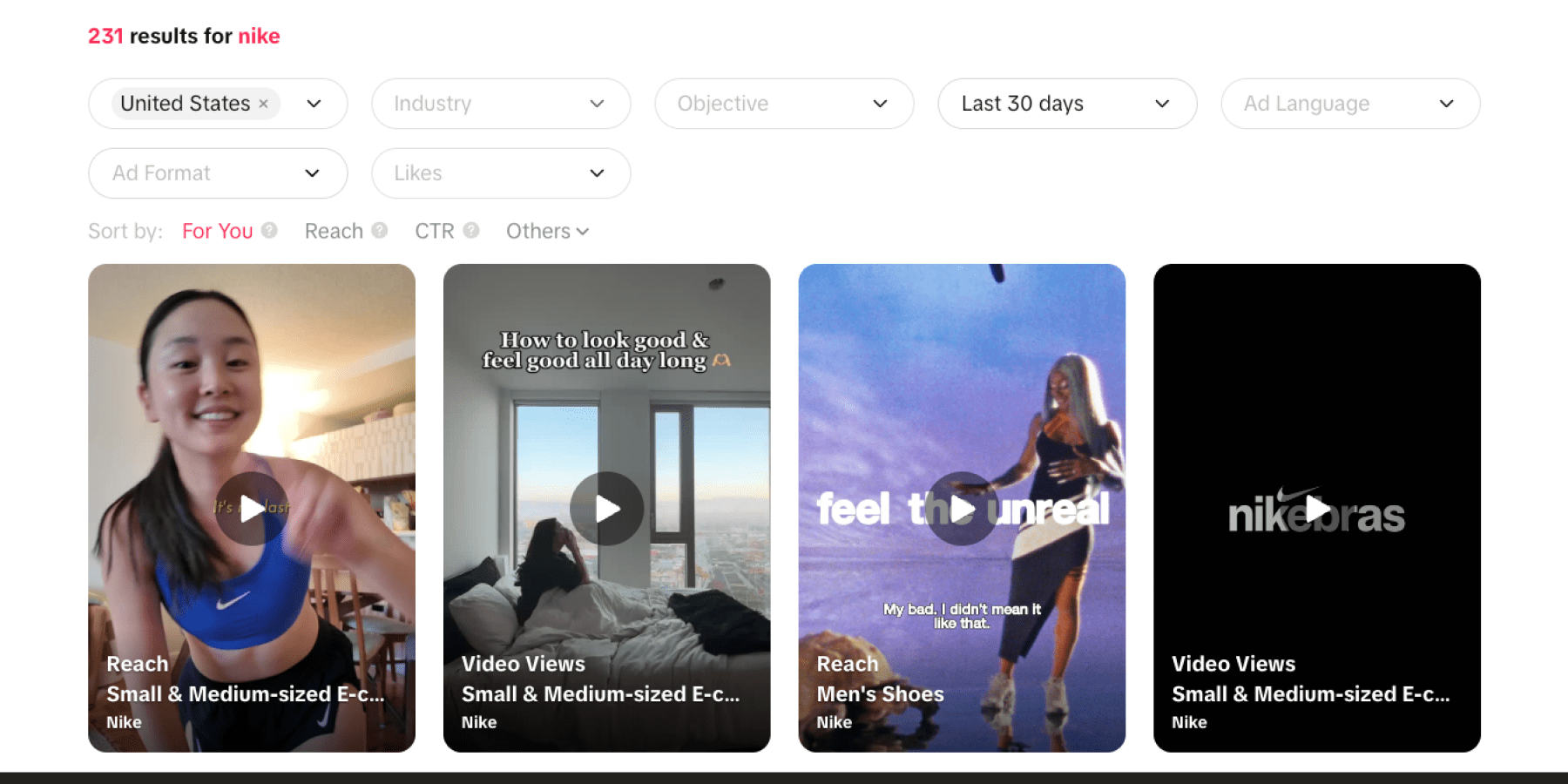
#9: Search for TikTok Ads
How to use it effectively:
- Search for your competitor’s name.
- Check the small font to ensure the ads are really from your competitor’s account.
- Click on their highest CTR ads to see more analytics.
Master Tip: Use this to help brainstorm your TikTok Ads. You can even see the level of budget and performance, which can help guide your tactics.
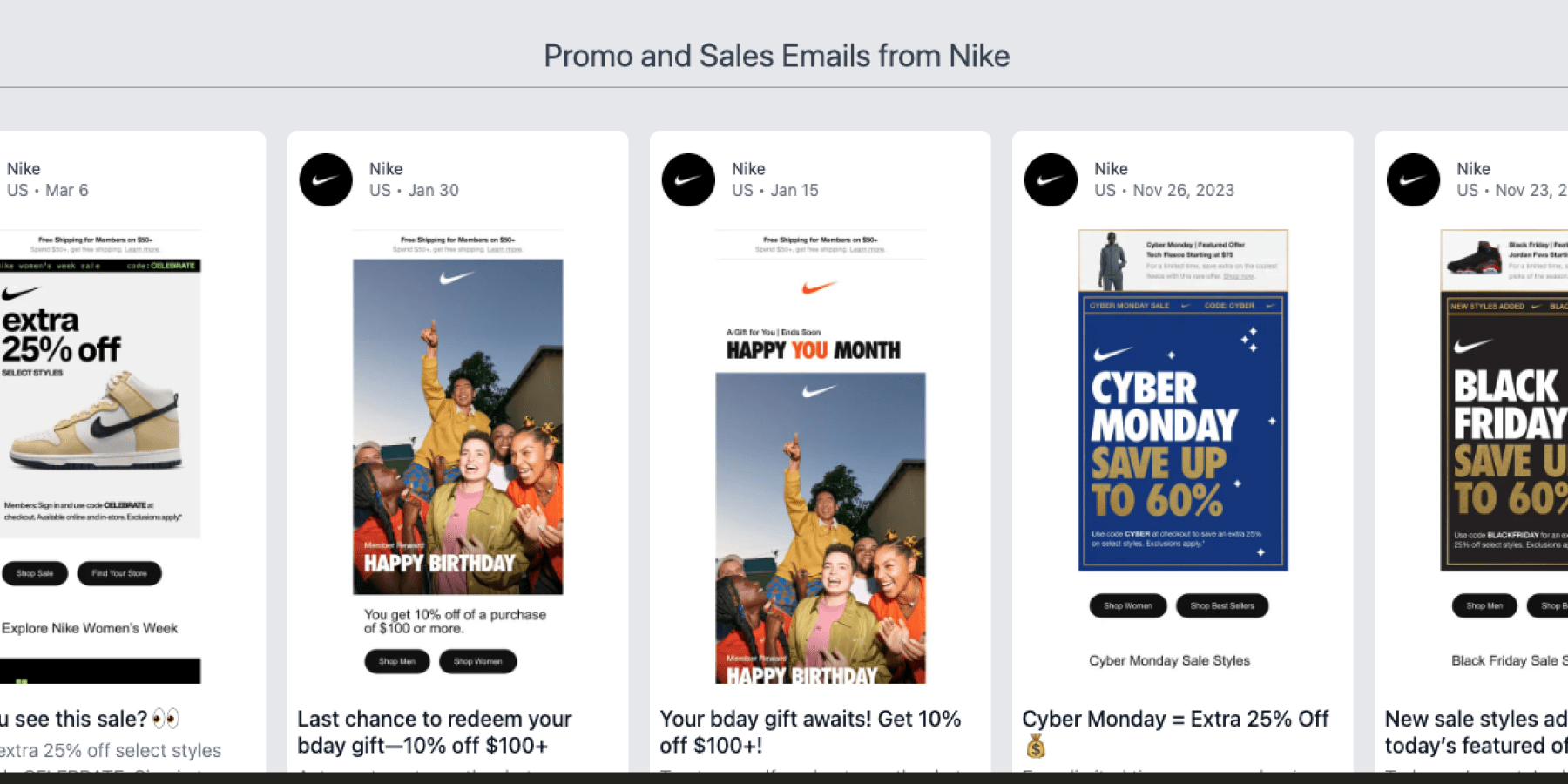
#10: Review Their Email Strategy
Resource: milled.com/nike
How to use it effectively:
- Analyze frequency of send.
- Identify dynamic parts of templates.
- Identify themes and tests.
- Analyze promotional coordination.
- Take note of subject lines.
Master Tip: If you are sending at a lower frequency than your competitor, it’s likely your customer lifetime value (CLV) is lower than it should be. This will impact your breakeven cost per acquisition (CPA) and hamstring your entire marketing budget in areas of awareness, consideration, and conversion.

#11: Review Brand Search Trends
Resource: trends.google.com/trends
How to use it effectively:
- Review and compare averages.
- Look for similar wave patterns.
Master Tip: If search patterns are similar, that means the brands are not creating their own demand—they follow a search-based journey. Otherwise, they follow a brand-based journey. Determining whether your competitors follow a search-based or a brand-based journey has implications across your marketing strategy.
Closing Thoughts
At Agital, prospective clients come to us with more marketing questions than answers, including ones about how they compare to their ecommerce competitors. When you ask for an ecommerce analysis, we review where you stand in relation to your competitors to start forming an effective growth plan for you.
We include all the analyses above and more in a deep dive across your brand and several of your competitors as part of step one to truly understanding where you stand in your market. Best of all, we do it at no cost to you, because we are confident you will recognize the value of our digital marketing insights and the quality of our services. Get yours now.
About cgibbons
MORE TO EXPLORE
Related Insights
More advice and inspiration from our blog
Ecommerce SEO Tips: Mistakes to Avoid
A strong ecommerce SEO strategy can be the difference between standing...
Dan Hinckley| July 26, 2025
How to Turn Google AI Overview Into Your Ecommerce Advantage
Google’s AI Overview is redefining how ecommerce brands capture visibility and...
Why Pinterest for Ecommerce Marketing is a Must-Have for 2025
If you’ve been sleeping on Pinterest for ecommerce marketing, now is...

